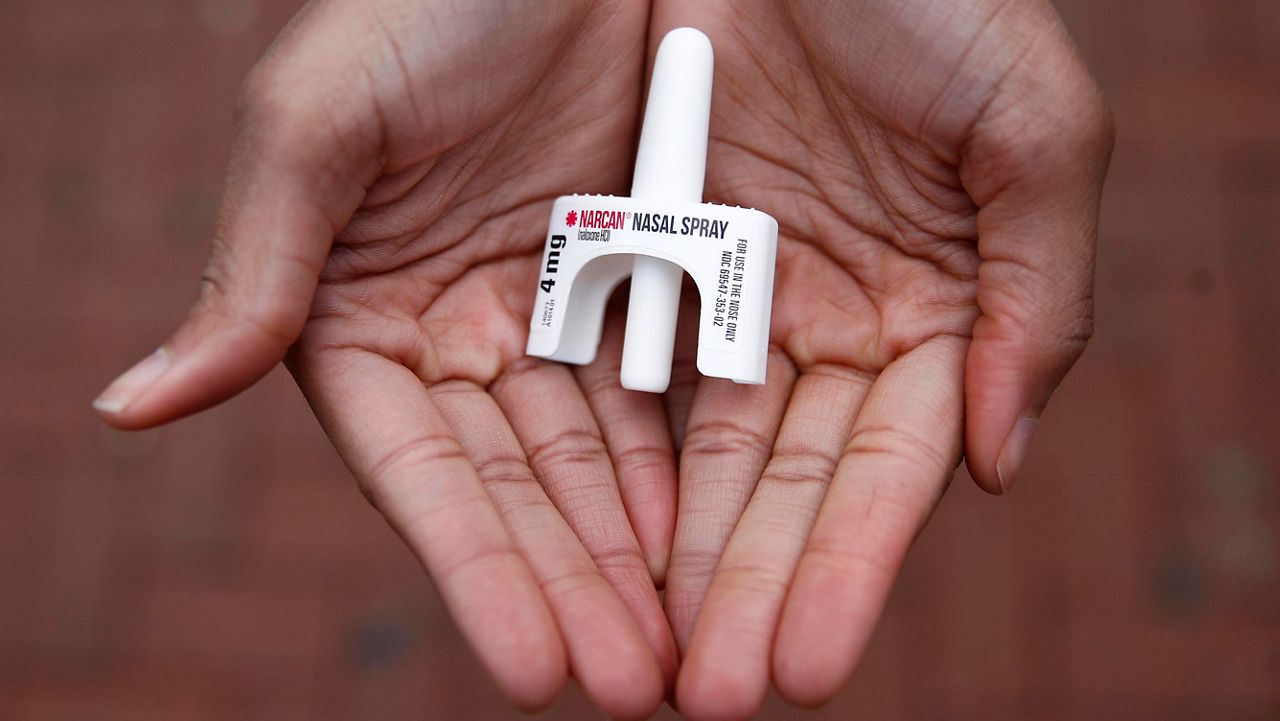For the first time in nearly a decade, New York City has recorded a significant decline in opioid overdose deaths, according to newly released city data.
Mayor Eric Adams and Department of Health and Mental Hygiene Acting Commissioner Dr. Michelle Morse announced Tuesday that overdose deaths dropped sharply in 2024, with 2,192 deaths reported — down from 3,056 in 2023.
What You Need To Know
- Overdose deaths dropped sharply in 2024, with 2,192 deaths reported — down from 3,056 in 2023, according to city data
- Overdose deaths fell almost universally across demographic groups and neighborhoods
- Adams credited the city’s proactive use of opioid settlement funds and investments in treatment programs for helping to drive the decline
- Black and Latino New Yorkers each saw a 29% reduction in overdose deaths last year, but continued to die at twice the rate of white residents
The decrease marks the first substantial decline following nearly 10 years of steady increases across the five boroughs, and mirrors national trends, according to a City Hall press release.
Overdose deaths fell almost universally across demographic groups and neighborhoods, city officials said. For the first time since 2018, Black and Latino New Yorkers also saw declines, though racial and geographic disparities remain.
“The data we are releasing today represents a major shift in a decades-long overdose crisis that has claimed the lives of so many New Yorkers,” Adams said in a statement. “Progress on reducing opioid overdoses will never make up for the families that have been devastated and the communities torn apart by these drugs, but it gives us hope that brighter days are ahead.”
Adams credited the city’s proactive use of opioid settlement funds and investments in treatment programs for helping to drive the decline.
Morse said that while the drop is encouraging, “too many New Yorkers still continue to die from preventable deaths,” adding that leaders “must be steadfast in our support of programs that save lives, while we continue to address historic disinvestment and other forms of structural racism.”
Despite the gains, inequities persist, according to city data.
Black and Latino New Yorkers each saw a 29% reduction in overdose deaths last year, but continued to die at twice the rate of white residents. The Bronx, which experienced a 24% drop in fatal overdoses, still had the highest rate citywide —more than double Manhattan’s, which was the second highest.
Staten Island meanwhile, saw a 49% decline.
Neighborhoods including Hunts Point, Mott Haven, Highbridge, Morrisania, Crotona, Tremont, East Harlem and Fordham-Bronx Park continued to see the highest number of overdose deaths in 2024, according to the mayor’s office.
